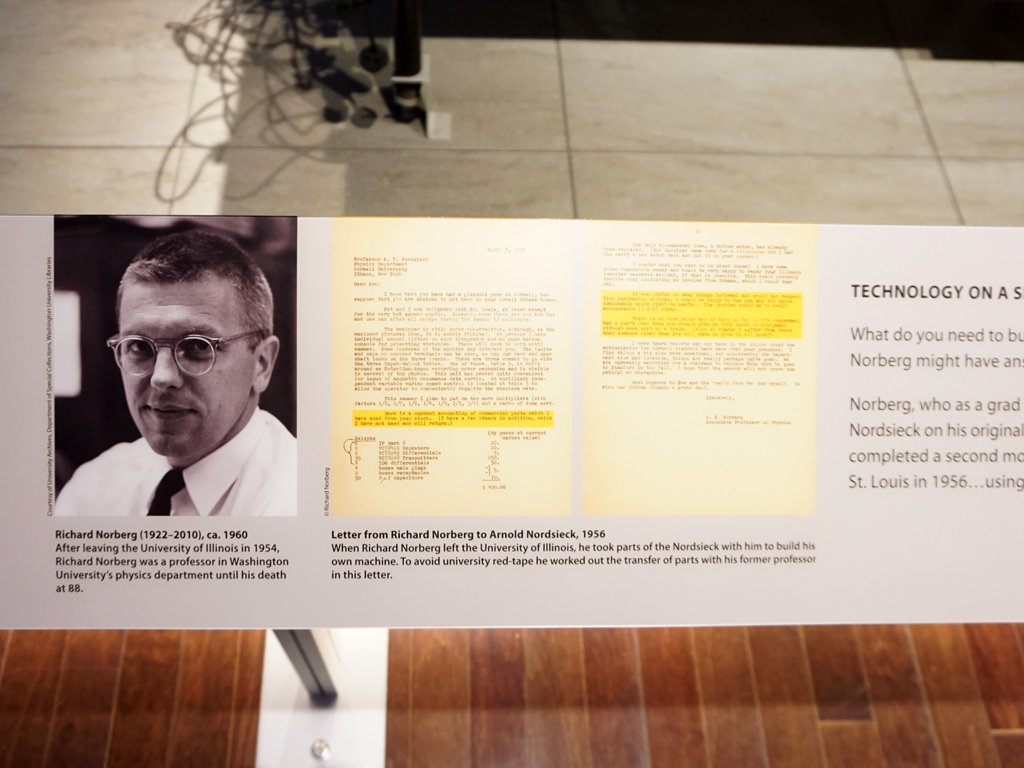Computer History: From The Antikythera Mechanism To The Modern Era
In this article, we shed light on the most important moments in computer history, acknowledging the people that have contributed to this evolution.
Stibitz's Complex Number Calculator And Nordsieck's Differential Analyzer
George Stibitz was a researcher at the famous Bell Labs and is known for his work on Boolean logic digital circuits, which he managed to build with the use of electromechanical relays. In 1939 he finished the construction of a digital device that was called the Complex Number Calculator or CNC. For the metal parts of the CNC Stibitz used metal cans. Talk about ingenuity! We should also note that he named his computer model K because he had built most of it inside his own kitchen!
Apparently Stibitz could build amazing computing machines out of ordinary parts and in 1940 he proved his ingenuity again by making an impressive demonstration. During a conference in New Hampshire, at McNutt Hall at Dartmouth College, using a teletype he managed to connect to his computer through a telegraph line, he provided the first working example of remote computer management. Not only did he remotely controlled the CNC, but he also transferred mathematical problems to it through the teletype and received the solutions a little later. As you can imagine such a demonstration was nothing less than jaw dropping for the audience, given the technological standards of this particular era.
Nordsieck's Differential Analyzer
Another scientist who managed to build a computer--actually a differential analyzer--out of scrap was Arnold Nordsieck. This mechanical computer was finished in 1950 and could solve differential equations. According to its maker, the cost of materials (surplus World War II supplies) was only $700! Differential analyzers existed before Nordsieck's invention, however his machine used electrical connections instead of mechanical ones, so it was smaller and had a more straightforward design. The cherry on top was of course its inexpensive implementation.


Richard Norberg was a student at the University of Illinois where Arnold Nordsieck built his differential analyzer and took part in its construction. He managed to complete a second machine at Washington University in 1956, using spare parts again! These extraordinary people made analog computer building look so simple. In those days the lack of materials pushed inventors to think out of the box and take advantage of anything that fell into their hands, even scrap parts. This is something that you don't often see today.
MORE: Best Memory
MORE: All Memory Content
Get Tom's Hardware's best news and in-depth reviews, straight to your inbox.
Current page: Stibitz's Complex Number Calculator And Nordsieck's Differential Analyzer
Prev Page Harvard Mark Ι Next Page Konrad Zuse's Z Series Computers & Plankalkül Programming Language
Aris Mpitziopoulos is a contributing editor at Tom's Hardware, covering PSUs.
